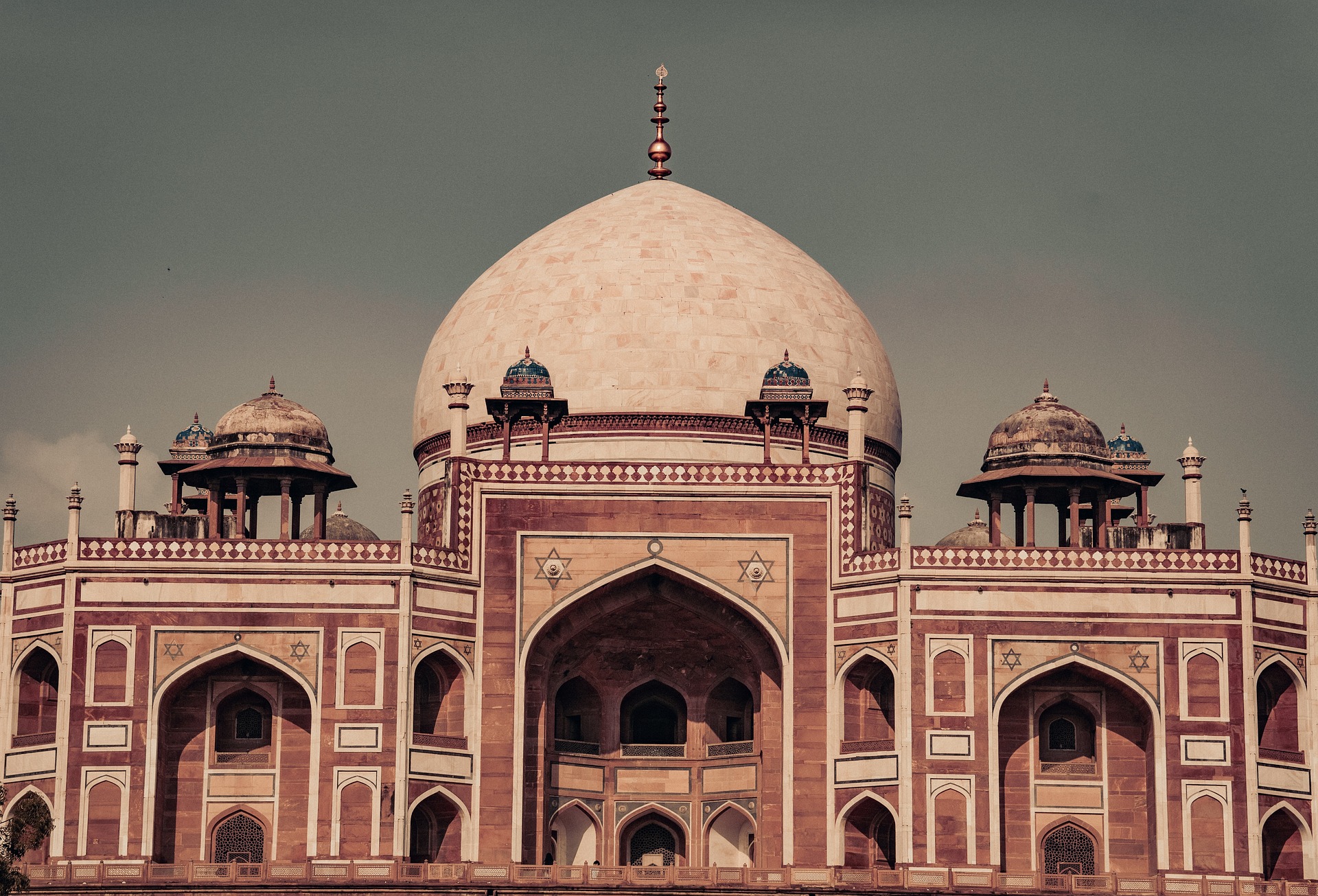
Advertisment
Humayun’s Tomb is a historical monument located in Delhi, India. It is one of the UNESCO World Heritage Sites and is known for its stunning Mughal architecture. The tomb was built for the Mughal Emperor Humayun and was commissioned by his wife, Empress Bega Begum, in the mid-16th century.
Key features of Humayun’s Tomb include:
- Architecture: The tomb is an excellent example of Mughal architecture and is considered a precursor to the Taj Mahal. It was designed by the Persian architect Mirak Mirza Ghiyas.
- Garden Complex: The tomb is set within a large garden complex, known as Char Bagh, which is divided into four main parts by walkways or flowing water. The garden reflects the concept of paradise in Islamic architecture.
- Main Tomb Building: The main tomb is a double-domed structure made of red sandstone and white marble. The central dome is surrounded by smaller domes, and the entire structure is adorned with intricate carvings and inlay work.
- Mausoleum: The tomb houses the mortal remains of Emperor Humayun. The cenotaph of Humayun is placed in the central chamber of the mausoleum, while his actual grave lies in a chamber below.
- Chhatris (Kiosks): The tomb complex also features chhatris, which are small pavilions or kiosks with a distinctive dome-shaped roof.
- Gateways: The entry to the tomb complex is through two grand gateways, one on the south and one on the west. The main entrance, on the south, is known as the “Humayun Darwaza.”
Humayun’s Tomb stands as a remarkable example of Mughal architecture and is an important cultural and historical site in Delhi. It has influenced the design of many subsequent Mughal tombs and structures, including the Taj Mahal. The tomb and its surrounding garden have undergone restoration and conservation efforts to preserve this architectural gem for future generations.
Advertisement